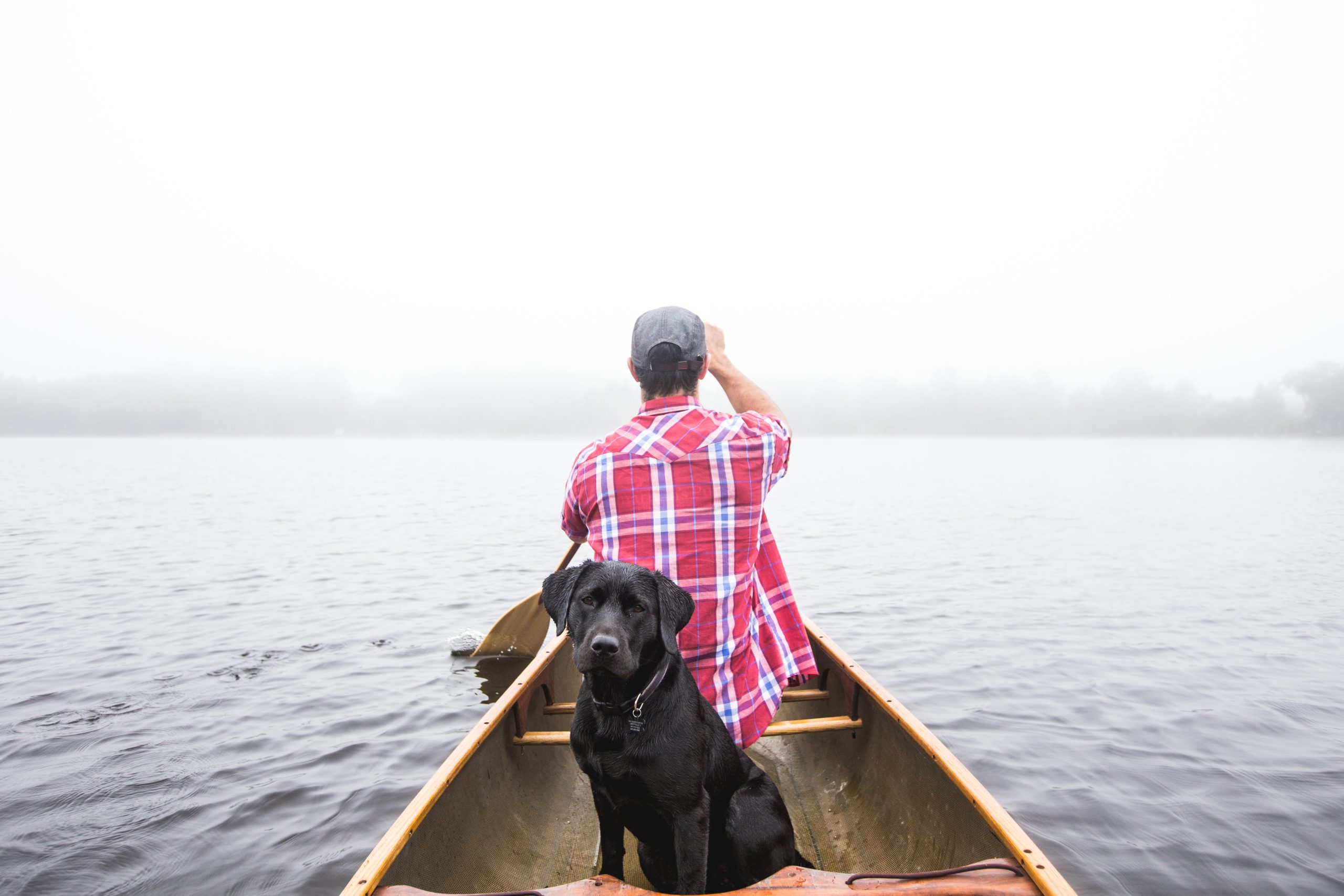BOATERS: YOUR ACTIONS CAN HELP PROTECT YOUR WATERS.
CLEAN. DRAIN. DRY.
What you can do:
Clean
Remove any mud or visible debris using the water you’ve just boated in (or clean water). No chemicals needed!
Drain
Drain standing water out of your watercraft. Invasives can live in just a tiny amount of water, so be sure to drain as much as you can.
Dry
Leave your gear outside to dry. Once it’s dry to the touch, your gear is much less likely to harbor any invasives. If your boat has a plug, leave it out when you’re not on the water.
Get Inspected
The law requires you to stop at any boat inspection station you might encounter—even if your watercraft is rolled up in your vehicle, or fits inside your car.
Resources

What You Should Know
Clean boating applies to everyone who recreates on the water. Whether you kayak, raft, SUP, tube, or just enjoy being on the water, invasive species affect you whether you realize it or not.
Frequently Asked Questions
What are invasive species?
Invasive species are plants, animals, or microbes that are introduced from other places. Once established invasives threaten biodiversity, causing significant ecological and economic damage along the way.
Why should you care?
Invasives can dramatically change your favoirte places. Some types of aquatic weeds clog waterways to the point that boats can’t get through them. Invasive mussels leave piles of sharp-edged shells that can slice bare feet and shred neoprene. The presence of invasives can also mean new boating fees and regulations.
What are the regulations in...?
Many states are passing new laws in an effort to prevent the spread of invasive species. Not all states have the same requirements when it comes to boats launching on their waters. It’s up to you to know the requirements for the water you’ll be visiting. Check online to make sure you have all the info you need. Click on the button below to visit a comprehensive list of Western states’ regulation put together by westernais.org. For areas outside of this region, we recommend using your favorite internet search engine with the phrase: “(your state of interest) AIS regulations”.
Do I really have to stop?
The short answer: Yes, usually.
The longer answer: Regulations in each state vary depending on the type of watercraft you’re moving. It is always a good idea to check before you hit the road, so you don’t find yourself stopped by the highway patrol and escorted back to that inspection station you passed by 100 miles ago. While this might not be a common occurence, it’s happened.
Know Before You Go!
Use the following resources to discover AIS regulations where you like to float.
It’s Up to Us
It’s up to each of us to take action to protect our waters from invasive species.
To learn more about how to clean your craft and the threat of aquatic invasive species, visit stopais.org.

